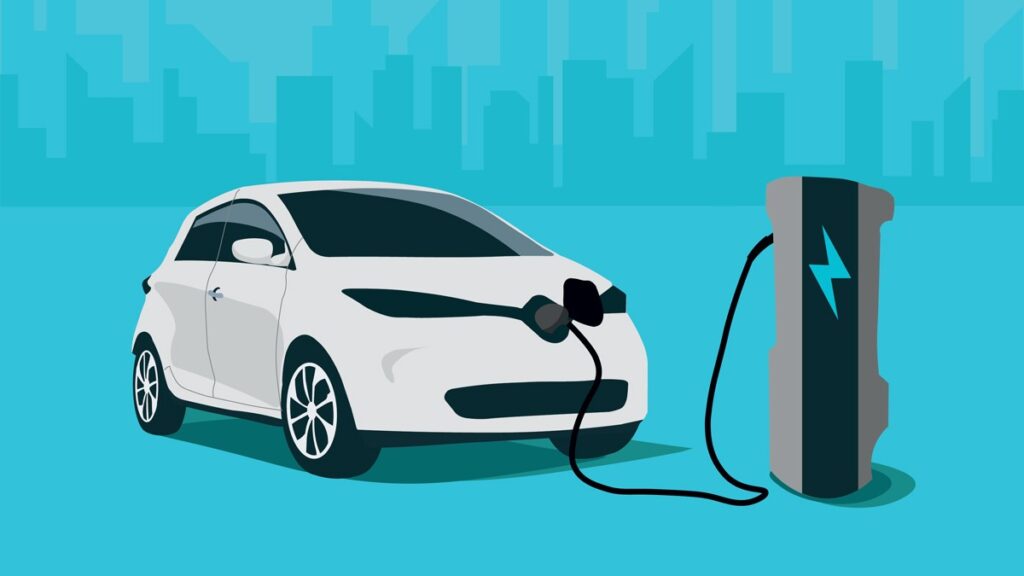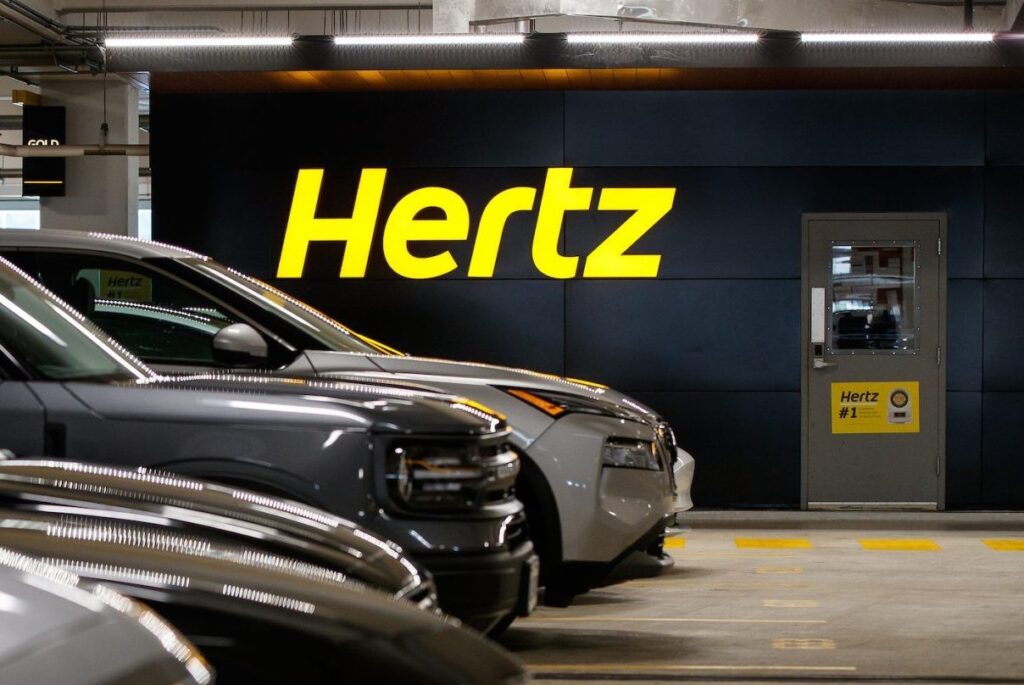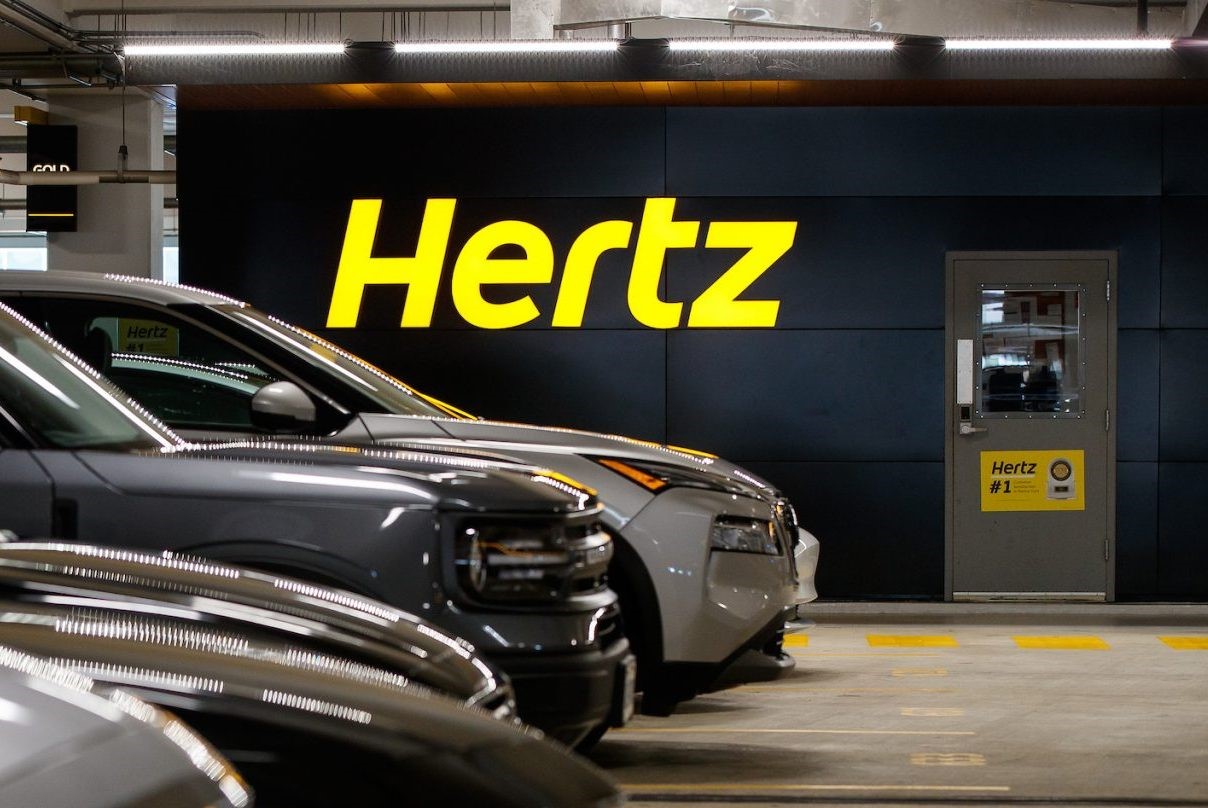Investors Following Tesla’s (NASDAQ: TSLA) impressive surge in 2020 and 2021, investors appeared convinced of a singular notion

Electric vehicles (EVs) represent the future, promising substantial rewards for those emerging victorious in the competitive landscape.
Since Tesla’s pivotal moment of achieving profitability, investors have assigned lofty valuations to EV stocks. Presently, Tesla boasts a price-to-earnings ratio of 71, a stark contrast to the single-digit earnings multiples of traditional automakers like Ford Motor and General Motors.
Start-ups without profits have witnessed even greater inflation in their valuations. Rivian Automotive (NASDAQ: RIVN), for instance, went public with a market capitalization exceeding $100 billion, although it has declined considerably since its late 2021 debut, it still holds a market cap of $17 billion. QuantumScape (NYSE: QS), a development-stage solid-state battery maker, commands a market cap close to $4 billion with no revenue.
Over the past year, signs have emerged indicating that the rapid growth of the EV industry is encountering obstacles. Tesla reduced its vehicle prices multiple times, with other EV manufacturers following suit, suggesting a potential imbalance between supply and demand. The once fervent interest in electric cars has cooled, and attracting new customers, beyond the early adopters, is proving increasingly challenging.
Ford CEO Jim Farley acknowledged this difficulty, stating that EVs currently lack price competitiveness against combustion vehicles. Both Ford and GM have scaled back ambitious EV production goals, citing unfavorable economics for electric vehicles at the moment.
Despite the industry’s challenges, a recent revelation from Hertz (NASDAQ: HTZ) suggests that the hurdles for EV demand may intensify in 2024.
Hertz had enthusiastically embraced the EV trend, announcing plans in 2021 to purchase 100,000 vehicles from Tesla. This move significantly boosted Tesla’s market cap and propelled Hertz stock to double-digit gains. However, just over two years later, Hertz has admitted its decision was a mistake. The company now plans to sell around 20,000 EVs in the U.S. and will utilize the proceeds to acquire traditional gasoline vehicles. Hertz cited additional costs for EV maintenance, including repairs, and highlighted insufficient demand to meet supply.
This retreat by Hertz signifies a substantial step back in the EV revolution, serving as a sobering reality check for EV investors who anticipated continued technological advancements.
It’s also disheartening, given that rental cars present an accessible entry point for consumers to experience electric vehicles. Unlike gas-powered vehicles, rental car companies can recharge EVs upon return, sparing renters the inconvenience of finding a gas station near drop-off locations.
Hertz’s fire sale is the latest indication that downward pressure on EVs will persist in 2024. Elevated interest rates, a growing pool of used EVs, and the influx of new, lower-cost foreign-made EVs contribute to the competition in the market. Tesla’s recent price cuts in China further signal sluggish demand in the world’s largest EV market.

Enter Hertz, a major player in the automotive rental industry. Hertz made waves in 2021 with its announcement to purchase 100,000 vehicles from Tesla, contributing to a surge in Tesla’s market cap. However, just over two years later, Hertz reversed course, admitting that the move was a mistake. Hertz now plans to sell around 20,000 EVs in the U.S. and invest the proceeds in traditional gasoline vehicles.
Hertz’s unexpected pivot serves as a significant industry warning sign. The company cited additional costs associated with EV maintenance and repairs, coupled with weaker-than-expected demand. This move signals a notable step back in the EV revolution and poses a reality check for investors expecting an uninterrupted upward trajectory.
The lack of interest in EVs among car renters appears to mirror slowing growth in EV adoption among buyers. At this juncture, the EV industry may require a catalyst, such as a breakthrough in solid-state batteries, to reignite demand. However, public policy is shifting away from supporting EV sales, exemplified by the reduction in the U.S. EV tax credit due to import restrictions.
With Hertz joining the ranks of major auto players scaling back on electric vehicles, 2024 is shaping up to be another challenging year for a sector that still appears significantly overvalued.
Conclusion
In conclusion, the latest industry warning sign cannot be ignored by EV stock investors. While Tesla continues to be a pioneer in the electric vehicle market, Hertz’s about-face serves as a reminder that challenges and uncertainties persist. The debate between these two stocks reflects the broader discussion within the EV industry about sustainability, market demand, and the potential need for a paradigm shift.
As the EV landscape evolves, investors must carefully weigh the risks and rewards associated with each stock. The road ahead for EVs may be bumpy, but it’s the strategic decisions of companies like Tesla and Hertz that will ultimately shape the future of this dynamic and rapidly evolving industry.

1 thought on “Investors in (EV) stocks cannot overlook the most recent cautionary signal within the industry”